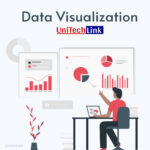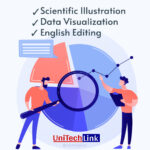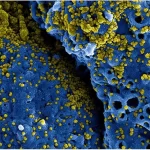
We Professionally Analyze, Visualize, and Interpret Your Data!
Data Analysis
Data analysis
Data analysis requires enormous time and skill combinations. You may learn the basic statistical concepts and programming skills necessary for analyzing real data. Also, you do need to plot a lot of graphs and look into details. The most efficient way to get your research data analyzed is to get a team of experts to work on your data and make meaningful information out of it. In UniTechLink Inc. we use a variety of analytical methods and tools to determine patterns, relationships, or trends in raw data. Our scientists from different fields of research (including life science, medicine, engineering, chemistry, physics, and mathematics) work alongside our data scientists to professionally analyze and interpret your research data.
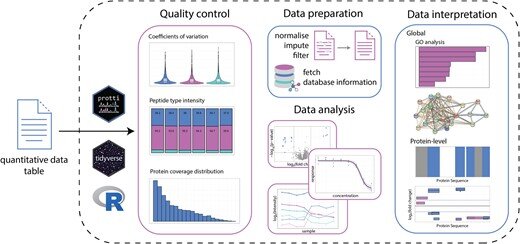
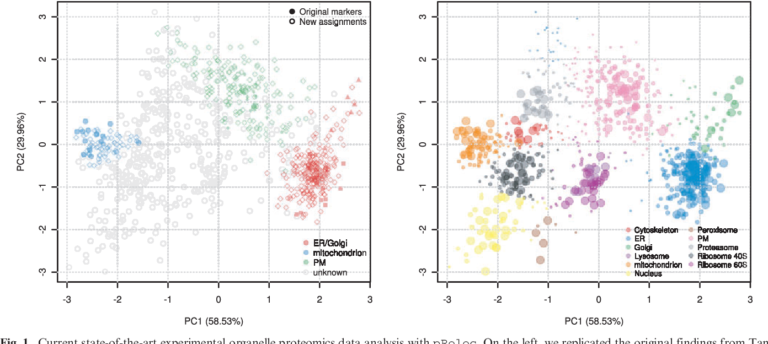
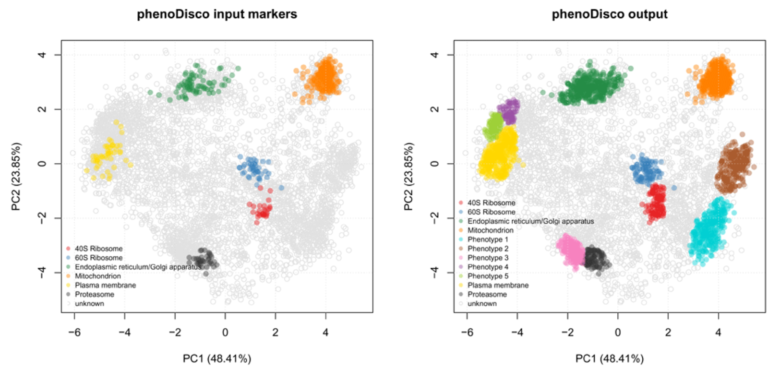
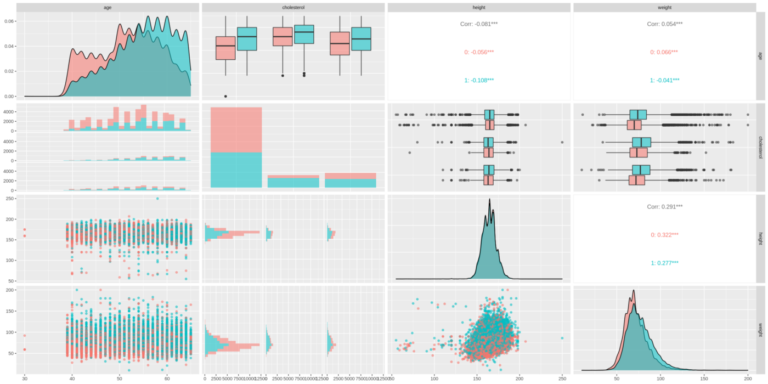
Why Choose Us?
- 24/7 Service
- Accurate Analysis by Expert Scientists
- Free revisions After Completion of Orders
- Guaranteed Satisfaction
- Affordable Price
Data Analysis Report:
We deliver the results in the form of a comprehensive report containing the method used, visualized data, and data interpretation.
Timeliness:
We make time our priority, and it usually takes us 5 business days to deliver the first report consisting of a few charts and tables for your consideration and 12-24 business days to deliver a comprehensive analytical report.
Security:
To ensure your data security, we store and process data within a highly secure cloud. We communicate with you through our secure business email.
We provide data analysis in various fields:
Biological Science
Medicine
Engineering
Material Science
Chemistry
Physics
Business
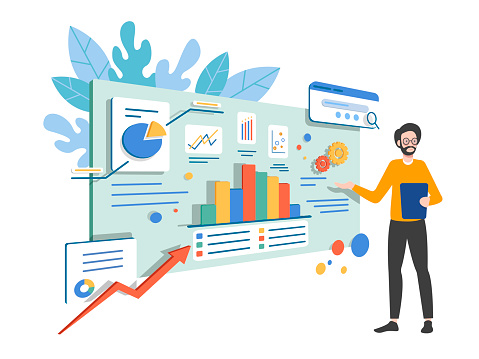
Get Free Consulting and a Quote!
Please fill in the form below and we will contact you shortly!
Data analysis is a crucial component of biology, both in academic and commercial research. The analysis of biological data has moved beyond the sphere of traditional statistical methods with the development of high-throughput techniques, involving methods from the larger data analysis and machine learning communities. Every biology student is now required to be familiar with the fundamental ideas and methods of data analysis. Students studying biology will understand the main ideas, uses, and restrictions of frequently employed data analysis tools in this course. This course places a strong emphasis on the visualization and analysis of higher-dimensional data, including dimensionality reduction, grouping, and classification.
Data analysis follows a consistent pattern, regardless of the type of analysis. Data collection, quality check and cleaning, processing, modeling, visualization, and reporting are common data analysis steps. Although one would expect to follow these stages in a straight line, it is customary to go back and repeat them with alternative parameters or equipment. In practice, data analysis necessitates repeating the same stages in order to conduct a mix of the following: a) answer additional related questions, b) deal with data quality issues that are later discovered, and c) include fresh data sets in the study.
Example 1: qPCR analysis –Data analysis follows a consistent pattern, regardless of the type of analysis. Data collection, quality check and cleaning, processing, modeling, visualization, and reporting are common data analysis steps. Although one would expect to follow these stages in a straight line, it is customary to go back and repeat them with alternative parameters or equipment. In practice, data analysis necessitates repeating the same stages in order to conduct a mix of the following: a) answer additional related questions, b) deal with data quality issues that are later discovered, and c) include fresh data sets in the study.
Example 1: qPCR analysis – Real-time and qPCR are advanced PCR methods and have become popular technologies for a wide range of applications, including gene expression analysis, mutational analysis, and pathogen identification. Data analysis is essential for interpreting PCR data. We help you with the analysis of your PCR data and provide a report containing valuable information including various chart/table views and quality control (QC) flags, to help improve the data analysis experience.

